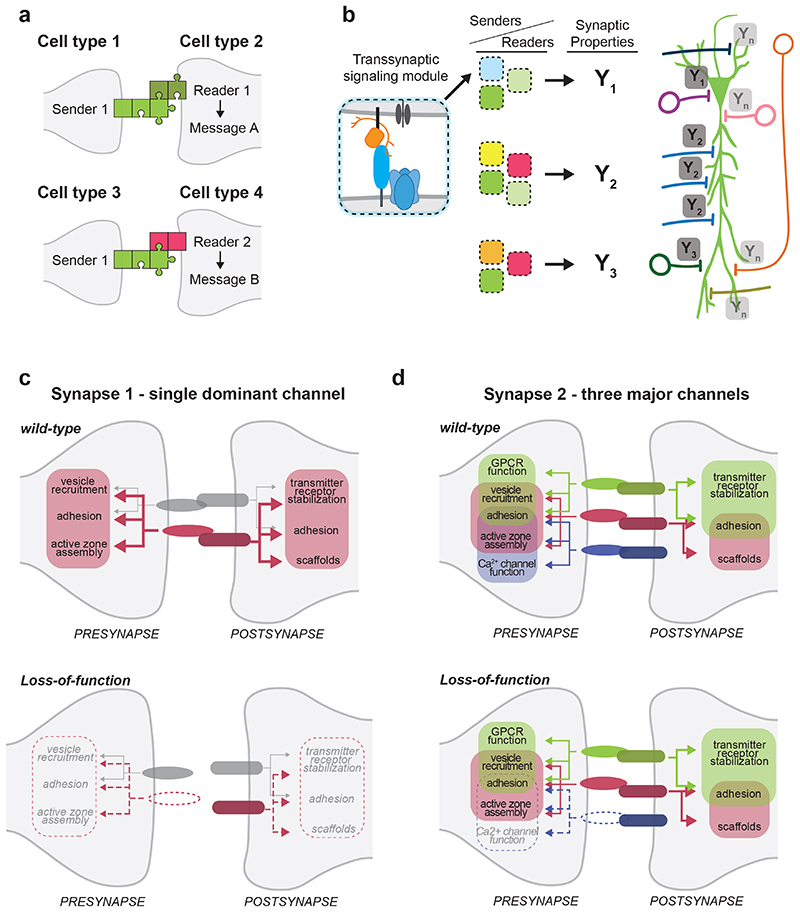Figure 5. Context-dependent functions of synaptic interaction modules.
a) Model for the action of synaptic interaction modules. Cell types express specific complements of “senders” (light green) and “readers” (dark green and red), such as Neurexin splice isoforms and corresponding binding partners. The impact on synapse assembly and functional specification (“message”) depends on the cell type-specific abundance of corresponding senders and readers (dark green and red). Cell type 1 and cell type 3 both express the same sender but because their downstream synaptic partners cell types 2 and 4 express different readers (reader 1 and 2, respectively), the messages will be different (message A and message B, respectively). Thus, the same presynaptic sender can convey divergent messages at different synapses.
b) Across the surface of an individual neuron (here an illustration of a pyramidal cell), the combinations of axonal senders and dendritic readers create trans-synaptic modules (depicted as blue, green, light green boxes etc.) which represent a molecular code. This code sets synapse-specific properties (Y1, Y2, Y3, .. Yn; the blue labels represent glutamatergic synapses, the red labels GABAergic synapses) and, thereby, input integration in the postsynaptic cell.
c) Synapses across the central nervous system employ various numbers of trans-synaptic modules that can be viewed as trans-synaptic communication channels (displayed in different colors). Some synapses, rely on a single dominant channel (here depicted in red), which has a major contribution to synapse assembly, stability and functional properties (“Synapse 1” - an example for this would be parallel fiber synapses in the cerebellum which rely on the NRXN-CBLN1-GLUD2 module 59,85,141 ). Loss of a single presynaptic sender (illustrated in the lower panel, e.g. CBLN1) results in disruption of the trans-synaptic module and substantial disruption of synapse formation and function, despite the presence of an additional, minor channel (depicted in grey).
d) Other synapses (“Synapse 2”) contain multiple prominent trans-synaptic modules (here depicted in red, green, and purple) – likely to afford a larger dynamic range of plasticity. These modules drive overlapping elements of synaptic differentiation. For example, the green module drives bi-directional adhesion, presynaptic vesicle recruitment, presynaptic GPCR function, and post-synaptic stabilization of neurotransmitter receptors, whereas the purple module controls adhesion, active zone assembly and calcium channel function. Loss of a single presynaptic sender (the purple module) results in a loss of presynaptic calcium channel function but active zone assembly and adhesion are maintained by the overlapping red and green modules at this synapse. See references for examples on Ca2+ channel function 31,142,143 .

